Brussels has a lot, but what the centre of Europe definitely has too little of, that is DIY stores. The figures which the statistics department of the German specialist publisher Dähne Verlag has researched for the regional report Belgium in this edition of DIY International are clear: with 42 500 inhabitants per store, the Belgian capital lies well over the nationwide average of 21 900.
But in Belgium one has to operate somewhat more carefully than usual with average values. This is because the country is divided into two regions which see themselves as quite different: Flanders in the north, where Dutch is spoken and Wallonia in the south with French as regional language. Brussels is a case for itself - francophone influenced, but geographically located in Flanders - with yet another character, not least due to its strong internationality. More than 10 per cent of Belgians alone live here. With a population share of almost 58 per cent, Flanders is the significantly larger part of the country compared to Wallonia with 32 per cent.
Katoen Natie sees returns as an opportunity
The fact that customers return products can be a challenge, especially for home improvement stores – or a win, says Geraldine Maton of …
Where the distribution of the DIY stores in the two parts of the country are concerned, the francophone Wallonia with almost 16 900 inhabitants per store is clearly over and Flanders (23 700) clearly under-represented when measured against the average. Nor are there any real outliers under each of the five provinces in the two regions. At most the two extreme values stand out somewhat: the lowest DIY store density has the province of West Flanders surrounding Bruges, where there are 27 600 inhabitants to one DIY store. That is more than twice as many than in the province of Luxembourg (13 600). Incidentally, there are three and a half times as many in Brussels. The division of the country is only reflected in the DIY scene to a limited extent. Of the nine retail groups which are represented in the kingdom, only three are limited to one of the language areas: Freetime (however with only three stores) in Flanders, the French group Mr. Bricolage (46 stores) as well as Briko Dépôt with a store in Wallonia; however it should be noted that the latter belongs to the Dutch Maxeda group, which absolutely does operate in both regions with its other two sales channels Brico and Brico Plan-It.
Also Intergamma, the second Dutch…

 Menü
Menü




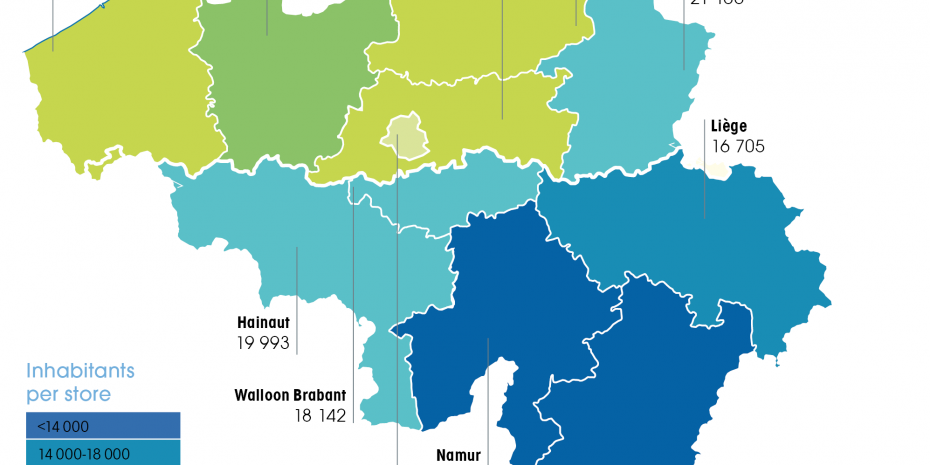



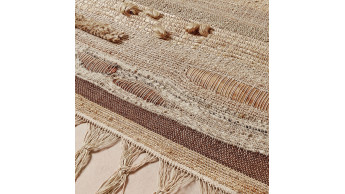
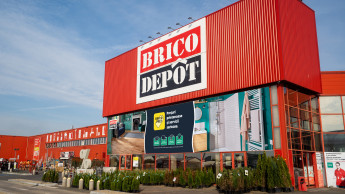

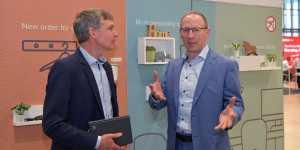

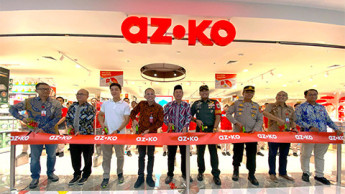
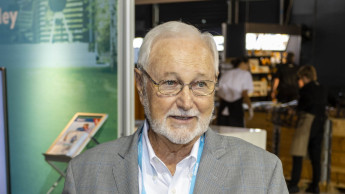
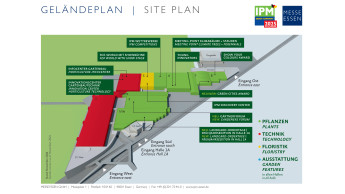
 Newsletter
Newsletter